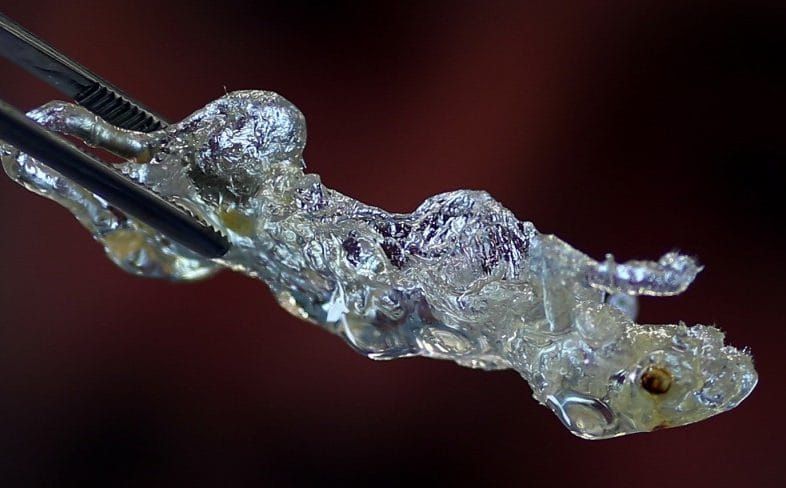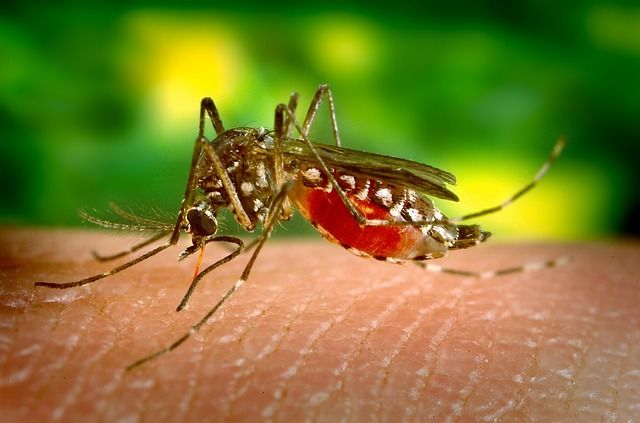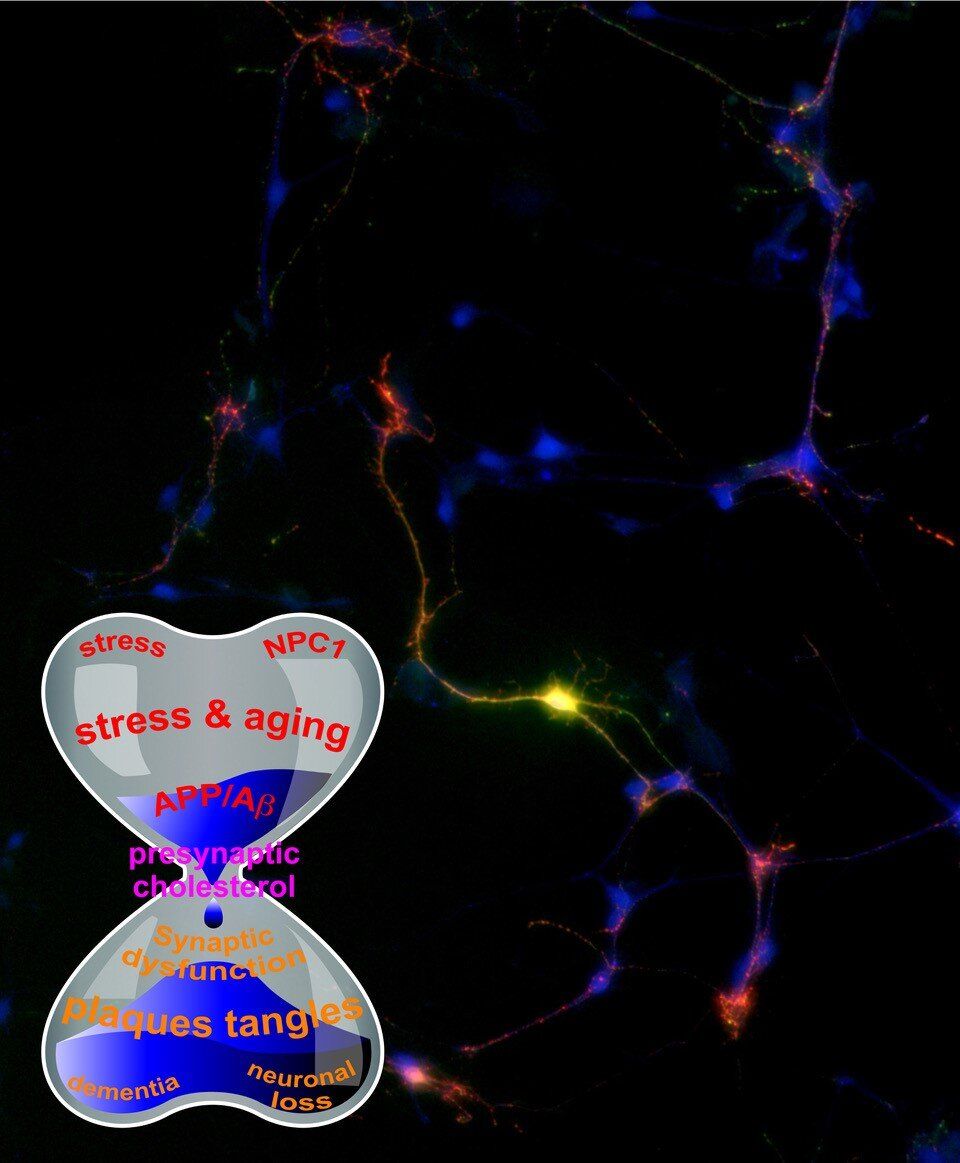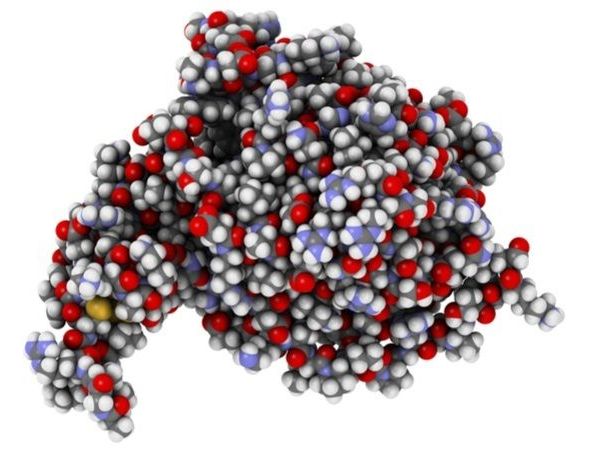Burdening occurrence of dengue fever across the Asia-Pacific region has prompted the demand for effective vaccines and medications to supress this viral malaise. While several pharmaceutical companies are striving to develop a cure for dengue, the fever’s incidence rate in Asia-Pacific is rising at an alarming rate. A recent report published by Future Market Insights predicts that in 2017, an estimated 70.3% of global dengue vaccines market will be dominated by Asia-Pacific. Through 2027, the region will continue to be the largest market for dengue vaccines, procuring a majority revenue share and projecting revenue growth at a 17.4% CAGR.
Request to View Sample of Research Report @ https://www.futuremarketinsights.com/reports/sample/rep-gb-1763
Future Market Insights also observes Latin America as the second-largest market for dengue vaccines, and is expected to rake in US$ 288.7 Mn towards the end of 2027. The report, titled “Dengue Vaccines Market: Global Industry Analysis and Opportunity Assessment, 2017–2027,” expects that more and more pharmaceutical giants from across the globe will be partaking in the market’s growth in the years to come. Currently, the market is witnessing active participation of French drugmaker, Sanofi S.A., while vaccines being formulated by companies such as Biological E. Limited, Takeda Pharmaceutical Company Limited, GlaxoSmithKline plc, Merck & Co. Inc., Vabiotech, Butantan Institute, and Panacea Biotech Ltd. are under multiple phases of development.
Read more






